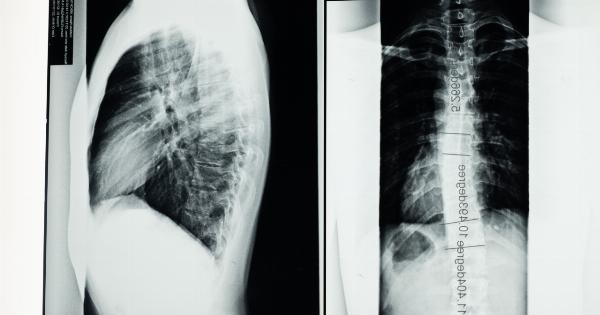Scoliosis is a medical condition characterized by an abnormal curvature of the spine. The spine can potentially bend sideways, creating an “S” or a “C” shape.
This condition usually develops during childhood or adolescence, when a growth spurt occurs. In some cases, scoliosis can be hereditary, while in others, the cause remains unknown.
Traditional Treatment Methods
Over the years, several treatment options have been developed for scoliosis. These include bracing, physical therapy, and in more severe cases, spinal fusion surgery.
Bracing involves wearing a specially designed brace to help correct the curvature of the spine. Physical therapy focuses on strengthening the muscles supporting the spine to improve posture and reduce pain. Spinal fusion surgery aims to permanently straighten the spine by fusing the affected vertebrae together.
The Limitations of Traditional Treatments
While traditional treatment methods can be effective in managing scoliosis, they are not always suitable for everyone.
Bracing and physical therapy can be restrictive and may not always produce the desired results, especially in cases with severe curvature. Spinal fusion surgery is invasive, carries risks, and requires a long recovery period. As a result, researchers have been exploring alternative and advanced treatment options.
Introducing Magnet Technology
Magnet technology is an innovative approach in the field of scoliosis treatment. It utilizes the power of magnets to influence the growth of the spine and correct its curvature.
The concept behind this treatment is to use magnets to create a magnetic field that stimulates the growth plates in the spine, allowing for controlled and gradual correction of the curvature.
How does Magnet Technology Work?
Magnet technology for scoliosis treatment involves the use of magnetic rods or external magnets to apply a force on the spine. This force helps to guide the growth of the spine in the desired direction, gradually reducing the curvature.
The magnets can be adjusted over time to adapt to the changing needs of the patient as they grow.
The Benefits of Magnet Technology
Advanced scoliosis treatment with magnet technology offers several advantages over traditional methods:.
1. Non-Invasiveness
Unlike spinal fusion surgery, magnet technology does not require invasive procedures. This significantly reduces the risks associated with surgical interventions.
2. Customizability
Magnet technology allows for customization based on the individual needs of each patient. The magnets can be adjusted to apply the necessary force and correct the curvature gradually.
3. Greater Comfort
Compared to wearing a brace for long hours, magnet technology provides greater comfort and flexibility. Patients can go about their daily activities without feeling restricted.
4. Shorter Recovery Time
Since magnet technology does not involve surgery, the recovery time is typically shorter compared to spinal fusion surgery. This allows patients to resume their normal activities sooner.
5. Minimal Interruption to Growth
The use of magnet technology minimizes the interruption to the natural growth of the spine, as opposed to spinal fusion surgery which permanently fuses the vertebrae together.
This is particularly beneficial for children and adolescents still experiencing growth spurts.
Current Research and Developments
Researchers and medical professionals continue to explore and refine magnet technology for scoliosis treatment. Ongoing studies aim to further improve the effectiveness and efficiency of this innovative approach.
Conclusion
Magnet technology presents an advanced and promising alternative for scoliosis treatment.
With its non-invasive nature, customizability, and minimal disruption to growth, it offers a viable option for patients seeking a more comfortable and effective solution for their scoliosis. As further research and developments emerge, magnet technology has the potential to revolutionize the way scoliosis is treated.






























